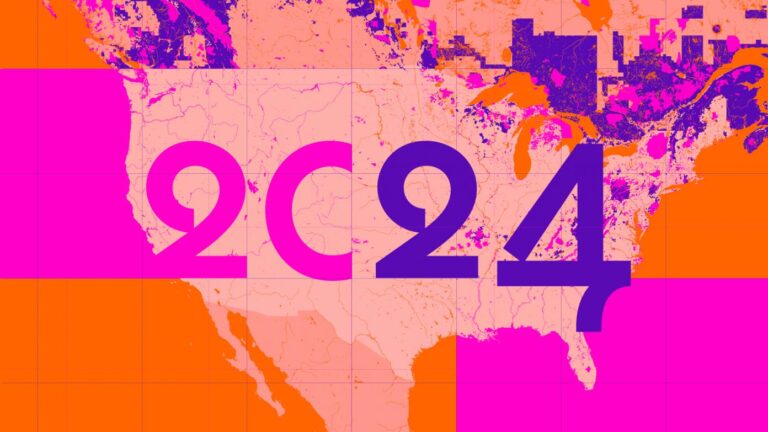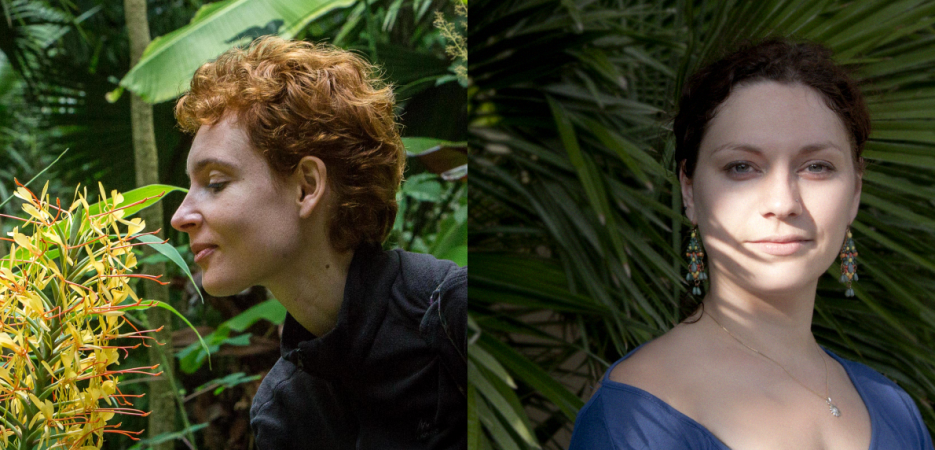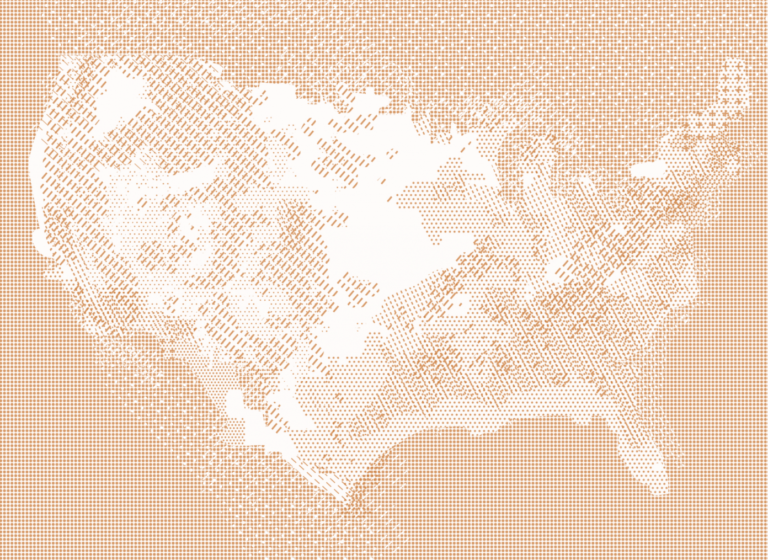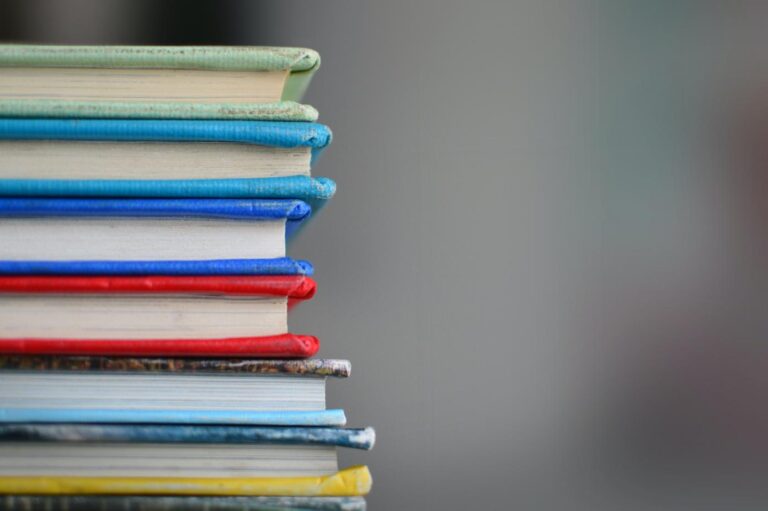
Marion Chartier & Charlotte Fauve
Botanist (Marion) & Journalist (Charlotte)
February - March 2023

- Social Sciences and Humanities
- Miami
“As we explore Miami’s many gardens, we would like to make a herbarium of plants and texts recounting the relationship between people and nature through the countless faces of this changing metropolis.”
With our shared passion for plants and commitment to the preservation of the environment, we have been working together for over 15 years on issues related to the climate crisis and the decline of biodiversity. In fact, we first met as undergraduates in an engineering school specializing in environmental issues. One of us (Charlotte) decided to devote herself to writing, adding to her expertise in the links between humanity and nature with a plethora of accounts, articles, and documentaries on the subject. The other (Marion) became a researcher, studying the evolution of flowering plants worldwide. Although our careers have taken different turns, we have continued to work together on joint projects combining journalism, literature and science.
We would therefore like to take up the challenge of telling the story of a metropolis at the mercy of rising waters–especially such an extravagant metropolis as Miami, the ‘Magic City’, where the sea level could rise three feet by 2060, turning its 2.8 million inhabitants into climate refugees. Working together as a writer-and-botanist duo, we would like to explore the gardens of that great city of Florida and make a herbarium of plants and texts to highlight these upheavals. Charlotte will then write a literary account based on Marion’s research and observations.
Charlotte Fauve is a journalist (Télérama, Le Monde, among others) and writer. She wrote the series Amazing Gardens for the French-German television channel Arte. Her first book, Botaniste (Éd. Grasset), which she co-wrote, tells the story of three centuries of botanical expeditions in 2019. It won the Redouté award for the best garden book in 2021, and has been translated into five languages. She is currently writing her second book.
Marion Chartier is a leading researcher in biology. In 2011, she obtained a PhD in plant-pollinator interactions from the University of Toulouse, and went on to study the evolution of flowering plants, in 2013, at the University of Vienna, Austria. In addition, she is soon to be qualified in jewelry design from the Academy of Jewelery Crafts and Technology in Vienna.
Plenty has already been written about Miami with its crazy architecture and ocean views. But we were struck by the fact that one of the least common approaches to exploring and describing the city is through its gardens and plants. The latter even grow in sidewalk cracks, in the shadow of the skyscrapers, creating a ‘between-the-lines’ portrait of a city under threat from the climate crisis. We see this as a particularly compelling approach in view of the fact that naturalist David Grandison Fairchild introduced over 200,000 species of plants into the United States in the 1920s, planting many of them in his Miami garden. So the gardens of Miami were the precursors of American gardens. They are both a symbol and a memento mori for cultivation in harmony with the virgin nature still to be found, for example, in the subtropical ‘green lung’ on the outskirts of the city: the Everglades marshes.
We would therefore like to seek out Miami and its inhabitants. By moving from one haven of greenery to another, we will move through all the city’s social strata and every type of green space it contains, from palm grove nurseries for upscale villas to the untouched nature reserve. The people we meet along the way will create a mosaic of impressions about the way the inhabitants of Miami interact with nature on a daily basis, and how those interactions are affected by climate disruption.
Gardens illustrate the relation to living things–all the more revealing with regard to a city such as Miami, which has a complex, multi-ethnic identity shaped by successive waves of migration, Haitian and Cuban. Each of its gardens illustrates a different relationship to the world, and this is what we would like to explore. Following the thread from private courtyards to parks with palm groves, from wealthy homes to botanical collections seems to us a good way of studying the cultural differences in the link between nature, environment and people. Everyone cultivates their own bubble, their own idea of the American Dream, their own quest for roots.
We would therefore like to meet with scientists, urban planners, gardeners, other horticulture professionals, and, more widely, anyone with an anecdote to tell about the city’s flora. And the places that interest us are both historical and contemporary, dedicated to the preservation of flora, cultivation or ornamentation, such as the David Fairchild Botanical Garden, which opened in 1936, and the formal gardens at Vizcaya museum, one of the first gardens in Miami, created over a century ago, but also the small kitchen gardens in some people’s backyards, or the gardens with screens of mist surrounding certain luxury villas…
In partnership with

COAL
COAL, created in France in 2008 by professionals in contemporary art, ecology and research, mobilizes artists and cultural actors on societal and environmental issues and supports the essential role of creation and culture in raising awareness and implementing concrete solutions. Through the COAL Prize, international cooperation actions and more than fifty exhibitions and regional cultural projects, COAL is the first French player to promote the emergence of a new culture of ecology.




